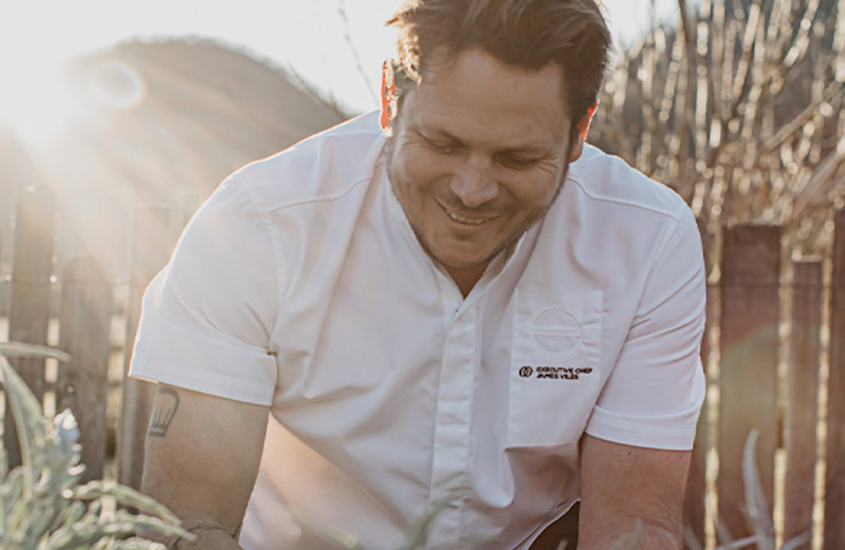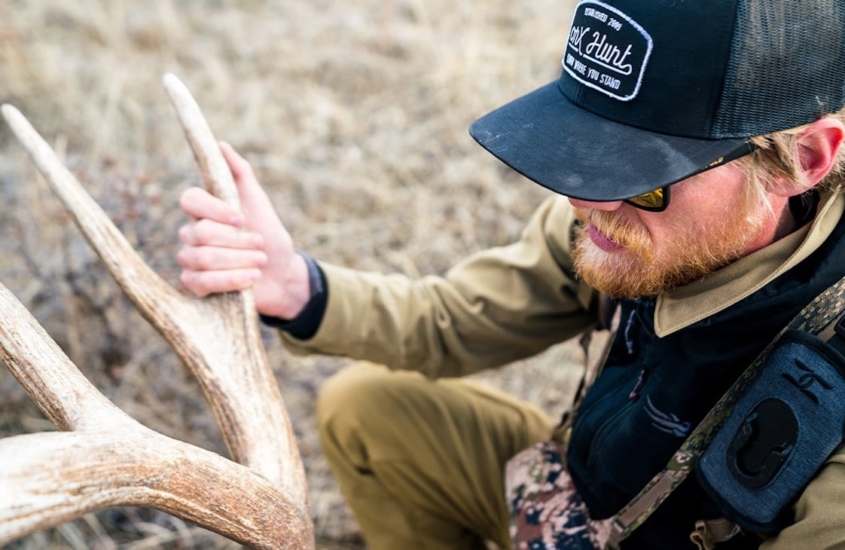Until I became a hunter, mid-way through my thirties, the idea of volunteering for any kind of group or organization was never on my radar. It wasn’t that I didn’t care about causes, I just wasn’t brave enough to come out of my shell and leave my comfort zone. I have a feeling I’m not the only one who’s had these apprehensions. If you want to get involved in conservation volunteer work but aren’t sure how to get your feet wet (no pun intended) here’s how and why to take the leap.
Meet Passionate People
Wildlife and habitat conservation volunteers are some of the most selfless people I know. Some non-hunters have the misconception that hunters simply kill an animal, celebrate with a photo and go home. With some of the cable channel hunting shows and social media accounts, I see where that unfavorable perception might come from. But a more accurate picture is that there are far more folks in the hunting community who care deeply for the animals they hunt. These hunters have developed such a love and appreciation for the animals, that if they could swing it, they would probably choose to volunteer over a paid job, simply for the sake of these animals and habitats where they thrive. I never imagined I would be one of these people and yet, here I am.
Start Local
If you want to get involved, start in your local community. Your state agency can point you to the groups that are most active in your area and need the most help. Large, national nonprofits like Ducks Unlimited, Trout Unlimited, Pheasants Forever, Rocky Mountain Elk Foundation and National Wild Turkey Federation, usually have local chapters that work closely with the state to meet goals that benefit both groups. Give a call or check out your state Department of Natural Resources or Fish and Game website and let them know you would like to get involved.
Align Your Passion
Find the organization that lines up with your favorite waterway, game species or wild place. Check out their website, newsletter or monthly email blast. These forums should hold information about their conservation projects and how they’re making a difference. Read their mission statement and make sure it’s concise. See if they’re putting their money where their mouth is and how many volunteer events they’re organizing to get things done. There are a few ways you can vet a nonprofit. They generally list their financials on their website. You can look at them to make sure that roughly 70% of their budget is going to programs and services, rather than to administrative costs. Transparency is important, groups should make an effort to report back to supporters and give updates on projects that you are helping support. Results are critical. A nonprofit should be able to give examples of work completed and how they have benefited wildlife and habitat or goals they have met. After a thorough vetting, if it looks like a club you’d like to get involved in, become a member. And if you’re ready to be boots on the ground and get your hands dirty, start getting involved and attending events.
Attend an Event
Most nonprofits host annual banquets to bring their members together to not only raise a good chunk of change, but to celebrate milestones, tell stories from the field and talk about the work that still needs to be done. I’ve talked to many people who started volunteering after attending a fundraising banquet. Usually they’ve been a member for a few years but never got involved with the group’s organized events.
Attending one of these events is a great way to meet people who you share a lot in common with, or you might even find a new hunting/fishing partner. Attending a banquet will let you know whether this is a group you want to be a part of and give your free time to. Like anything in life, if it’s going to keep you interested, it needs to be a good fit.
Ask Around
This might seem obvious but ask your outdoor-loving friends if they’re involved in any conservation-based groups. Better yet, ask if they have plans to go out with their favorite group to work on a habitat restoration project or clean up a piece of public land, and then ask if you can tag along. Stepping up and saying yes to things like pulling fence or building a guzzler can be very intimidating if you’ve never done these things before. Especially, if you’re going alone. Having a friend nearby takes away a lot of that anxiety.
Just Say Yes
Getting involved might just happen to you the way it happened to me. I was in the right place at the right time, and said, “yes.” I was picking our kiddo up from a local 4-H Shooting Sports meeting and one of the archery instructors heard me talking about bowhunting. He saw an opportunity to recruit me to help with the club’s archery program. Even though I wasn’t really considering it, I went to the next instructor meeting and my hesitation quickly became a yes.
At the meeting, I gave a short introduction and as soon as the meeting concluded, another gentleman asked me if I would be interested in becoming a hunter education instructor. I don’t know what came over me, but once again, I said yes. This was way outside of my comfort zone. However, I have a passion for archery and hunting that I was excited to share with others. It was also clear both groups needed help. I spent two different weekends getting certified to volunteer as an archery instructor for 4-H and a hunter education instructor for the state. Just like that, I was a volunteer for the first time in my life.
My volunteer work snowballed from there and I wouldn’t want it any other way. People often ask why I give so much of my time to other people’s children or why I spend my Saturdays pulling invasive weeds or picking up someone else’s trash. The best answer I can give is that after everything the outdoors has done for me, I want to give it all back, and then some. I love seeing the expression on a child’s face when everything clicks, and the arrow hits its mark. I enjoy watching the nervous little girl walk up to the live-fire range only to see her smile and giggle after taking her first shot. These are the best feelings in the world.
The outdoors community could use a lot more volunteers. I think if you gave it a try, you’d realize that volunteering is actually something you need in your life too. All you have to do is say, “Yes.”













